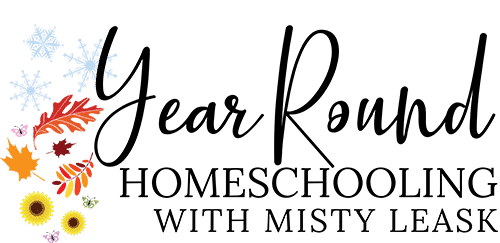One of the biggest challenges to a homeschool parent is purchasing curriculum. Coming up with the cash to fill the education wishlist can often prove more daunting than selecting the curriculum.

There are many questions that homeschool parents must ask themselves in order to plan for an economical education.
- Do I purchase new?
- Do I purchase used?
- If I purchase used, where can I get a good deal?
- If I purchase new, who has the best prices, discounts or coupons?
- Is this curriculum so new I can’t purchase it used?
- What edition should I purchase: an older one that’s been well loved, but still has mileage left, or the new edition with all the flashy updates?
- If I purchase an older edition, will all the parts and pieces I need be included?
- Will this be a consumable, or will I be able to use it a few more times and then resell it?
These are just some of the questions that I’ve rambled through every year as I set about the task of curriculum selection. Ultimately, the answers for me come down to price and value.
When I start looking at curriculum, I check the used market. Ebay, Homeschool Classifieds, and Amazon. These are what I call the big three. They give me an idea of what a particular curricula is going for. Then I compare it to the new prices. If the new prices are not far off from the used, then I always purchase new.
Why? For resale value. Since I’m only homeschooling one, I can resale everything once I’m finished with it. If I’m going to have to purchase a used item at 75% retail, I would rather pay the retail price. I’ll make up the price difference on the back end when I resale the curriculum. Besides, there’s nothing like opening a brand new book and hearing the glue in the binding crackle for the first time.
When I purchase used curricula, I look at value and condition. I don’t want to pay 50% of retail for a book that’s falling apart, or doesn’t have all the pieces. In cases like this, you can often get some really good deals if you don’t mind cosmetic damage. Just don’t pay premium.
Don’t be afraid to haggle. Most sellers are willing to dicker with the price, but respect those who don’t. You don’t have to purchase from them. Just like they don’t have to accept your low-ball offer. Please, don’t insult the seller by offering too little. Most often they won’t deal with you unless you pay full price. My rule of thumb for pricing:
- Excellent condition: 50-60% of retail
- Good condition: 25-45% of retail
- Usable condition: 10-20% of retail.
Lastly, you can get some excellent deals by purchasing older editions. These have been well loved, and are most often not out of date. Think about it:
- History never changes–it’s only added.
- Math can’t change–it’s not possible.
- Literature won’t change–some things get better with age.
- Science just grows. With all the different and diverse schools of thought on the subject, we can use technology and the Bible to determine our personal beliefs in this area.
- Bible–is the Bible, is the Word of God and totally immutable.
Purchasing the right curriculum for the right price is a priority for most families. So don’t be afraid to ask for the price you want, or hold out for the edition you like. You’re doing this for your children. They deserve the best you can offer them, but that doesn’t have to mean all your curricula must be brand new.
What questions do you ask yourself before purchasing curriculum?
